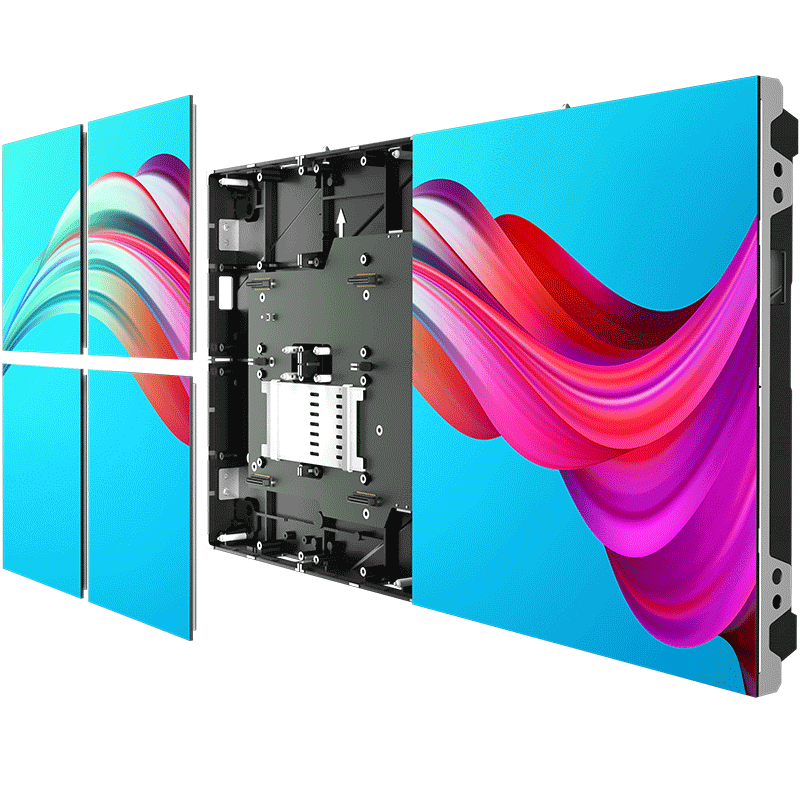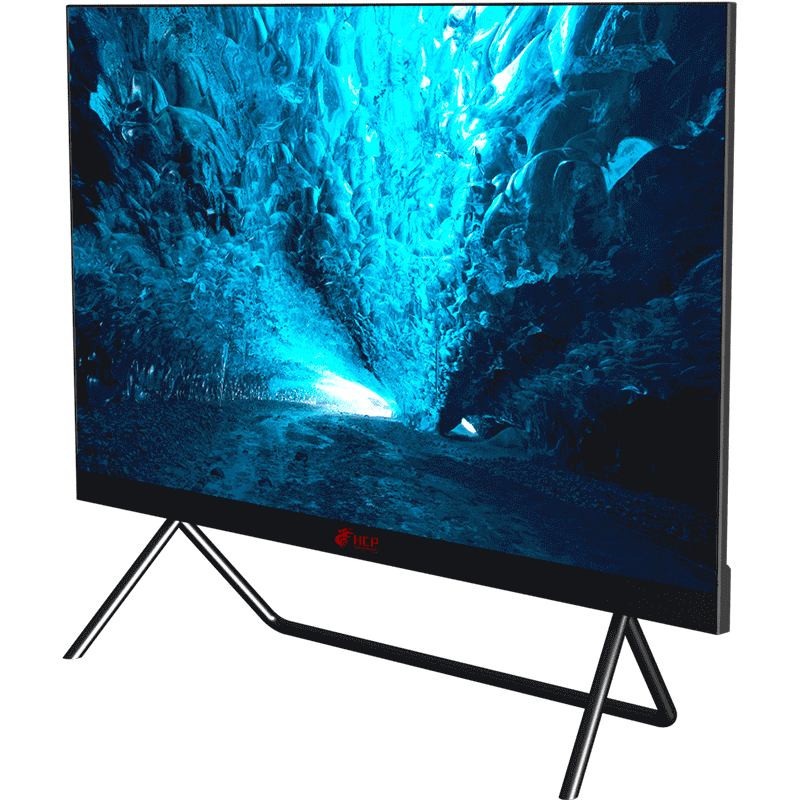Fun Tips of Indoor LED Screen: Why Are Low Brightness&High Grayscale Vital?
From:HCP TechnologyTime:2022-09-09
In addition, when talking about the ultra-fine-pitch indoor LED screen, people not only think of its distinctive advantage of seamless splicing but also marvel at its unique nature of low brightness and high grayscale.
In other words, from the user's experience and practical application, how the grayscale and brightness of indoor LED screens coordinate with each other is an essential thing that every LED screen manufacturer must consider. Additionally, solving this problem well is also the key for mini LED display screen manufacturers to succeed. 
Therefore, this article will take you deeper into the importance of grayscale for indoor LED screens to make a correct purchase decision.
What Is the Grayscale of the Indoor LED Screen?
The grayscale of an indoor LED screen, also known as the gray level or color scale, refers to colors from light to deep and will have many kinds of light and dark degrees. Generally speaking, the higher the grayscale of the indoor LED screen, the richer the colors it displays, the more delicate the picture is, and the easier it is to show rich details.
In addition, a high grayscale indoor LED screen can bring closer to the true beauty of color and play a pivotal role in enhancing the effect of low LED display brightness. Therefore, for the indoor LED screen manufacturer, achieving low brightness and a high grayscale screen is its relentless pursuit of the goal.
Why Is Low Brightness and High Grayscale Critical?
From outdoor to indoor, although indoor LED screens are closer to the user's viewing distance and can enrich the user's visual experience, they may bring some irreversible damage to humans. For instance, watching an indoor LED screen for a long time in a dark indoor environment, the high brightness may cause fatigue, soreness, stinging, and other irreversible vision damage to human eyes.

In addition, many LED screens on the market only have the characteristics of low brightness and low grayscale. However, when the user reduces the brightness of the indoor LED screen, the grayscale of the screen will be lost corresponding. Such a phenomenon will lead to a decline in overall clarity and the watching experience.
Therefore, the low brightness and high grayscale indoor LED screen is the optimal solution to meet users' needs. Featured with low brightness and high grayscale, these indoor LED screens can achieve high definition in low brightness with a high brush chip. In other words, in the case of low brightness, these ideal indoor LED screens will never lose grayscale, making the visual experience more comfortable from a close distance.
The Method to Control the Grayscale of Indoor LED Screen
There are three ways to control the grayscale of indoor LED screens, and they are:
ü Vary the current flowing through. This method realizes that a single LED can emit beams of different intensities depending on different signals, thus enabling changes in the gray level of the indoor LED screen.
ü Pulse width modulation. This method takes advantage of the visual inertia of the human eye and uses pulse width modulation to achieve grayscale control, which means periodically changing the width of the light pulse. As long as this repeated lighting cycle is short enough, the human eye is not able to feel the luminous pixel dithering, thus achieving more grayscale rendering.
ü Gamma processing. This is a method that replaces the uniform distribution of grayscale with the non-uniform distribution of grayscale to achieve efficient use of grayscale resources. In other words, when the indoor LED screen is at low brightness, the picture quality of the display with non-uniform distribution of grayscale is sharper, more delicate, and closer to real beauty.

Best Supplier to Offer Low Brightness&High Grayscale LED Screen
To sum up, under the premise of improving users' visual experience, how to find the balance between low brightness and high grayscale indoor LED screens is a key and important step toward the success of ultra-fine-pitch LED screens.
As a professional and custom LED display solution provider in the industry for several years, HCP is committed to scientific research and innovation and provides a variety of ultra-fine-pitch LED screens with a grayscale of 22 bits, which is among the forefront of the industry.
In addition, we are dedicated to providing our customers with not only high-quality, reliable, and mature indoor LED screens but also value-for-money services. Therefore, if you are interested in our low brightness and high grayscale indoor LED screen, contact our professional service team to learn more!






 No. 17, Sangyuan Industrial Road,Dongcheng District, Dongguan City,Guangdong Province, China, 523000
No. 17, Sangyuan Industrial Road,Dongcheng District, Dongguan City,Guangdong Province, China, 523000 +86 769 86738999
+86 769 86738999 info@hcpled.com
info@hcpled.com

